Next week, a Delta IV Heavy rocket is to be launched from the Cape Canaveral space port. The purpose of the mission is to place a satellite into orbit for the needs of the US National Aerospace Intelligence Agency. This flight has attracted increased attention. It is not related to the cargo, but to the rocket itself. The fact is that the upcoming launch will put an end to the history of the famous Delta family. Commemorating this event, we would like to tell you about the history of Delta rockets and why they had to go.
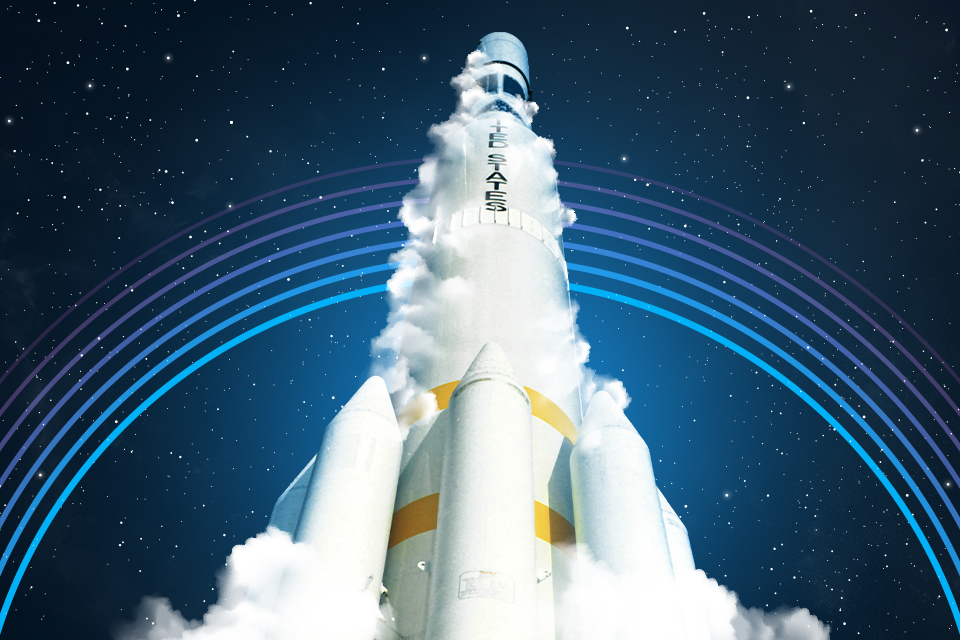
A “temporary” vehicle
The history of Delta goes back to the early years of the space age. The newly created NASA urgently needed some kind of “temporary” general-purpose carrier that could be used both to launch communication and weather satellites and to send probes to the Moon. The order for its production was received by Douglas Aircraft Company, which later became part of McDonnell-Douglas. The designers took the modified first stage of the Thor ballistic missile as a basis, to which additional stages were added. The resulting carrier was originally called Thor-Delta, but later it was renamed simply Delta.
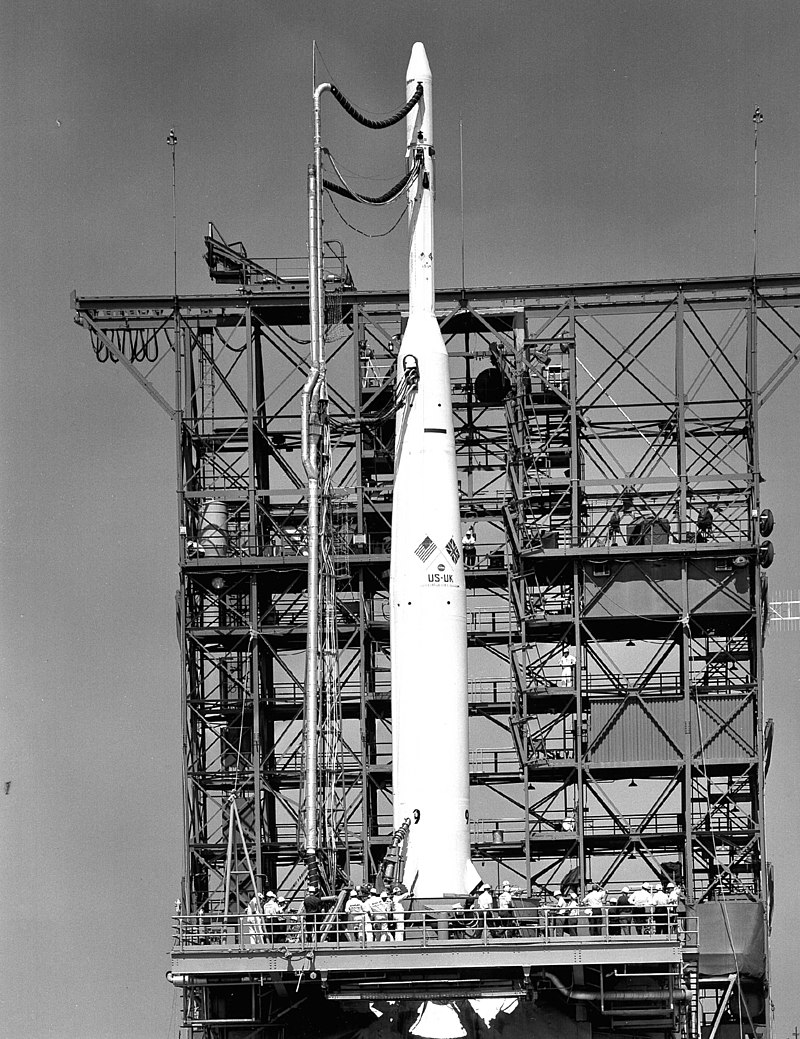
The Thor-Delta missile. Source: NASA
The first Thor-Delta launch took place on 13 May 1960. It was a failure. However, the next 11 missions were successful, which was a very good indicator for the early 1960s. So the “temporary” rocket quickly ceased to be so. NASA issued an order for a new batch, and changes were made to the Delta design. Subsequently, many different versions were created.
The modifications of the original Thor-Delta were in operation for more than a quarter of a century. In the period from 1969 to 1978, it was actually the main workhorse of NASA. The rocket continued to demonstrate a fairly high reliability for those times. Of the 84 launches that took place during that period, 77 were successful.
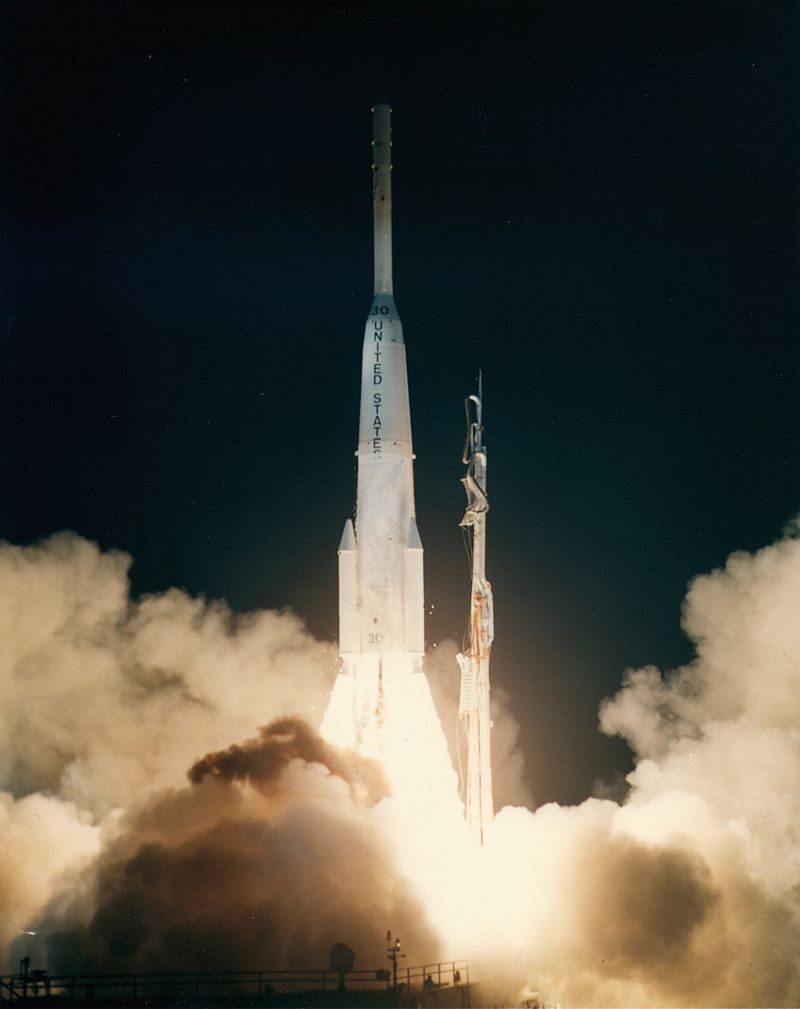
The launch of the Delta-D rocket. Source: NASA
But by the mid-1980s, Delta was on the verge of retirement. The shuttles were the culprit. After the launch of the winged ships, NASA decided to gradually abandon disposable rockets and entrust the shuttles with the task of launching all cargo into space. As a result, the number of Delta launches began to decline sharply. By 1985, only one Delta modification remained in service, and McDonnell-Douglas planned to discard it soon. In this regard, quality control in the assembly of missiles decreased significantly, as everyone believed that its days were numbered. This even led to several accidents.
The resurrection of Delta
The Challenger disaster of 1986 changed everything. After it, NASA abandoned the idea of using shuttles to launch commercial cargo into orbit. As a result, the United States again needed a fleet of disposable carriers.
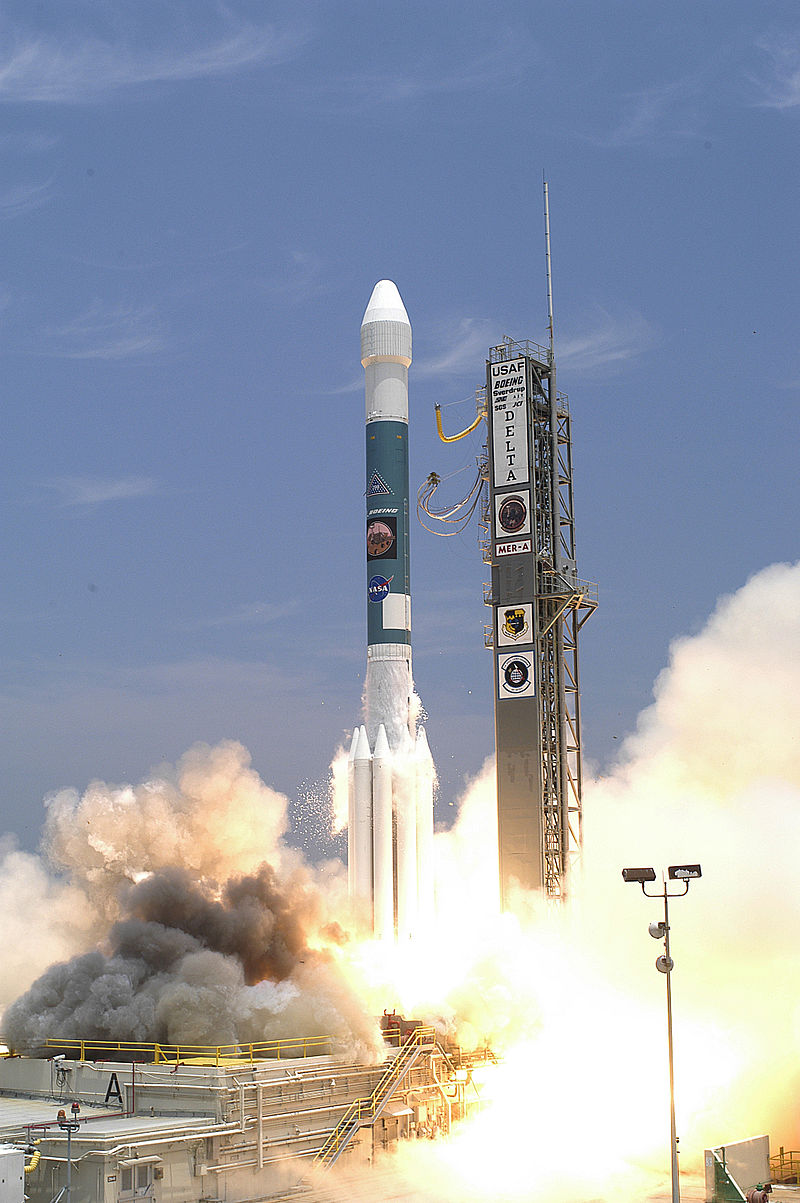
The launch of a Delta II rocket. Source: NASA
In this situation, McDonnell-Douglas urgently began to create a new rocket called Delta II. It made its debut in 1989.
Delta II turned out to be the most numerous and productive rocket in Delta’s history. Out of 155 launches, 153 were successful. Various modifications of the Delta II have launched the Spitzer, Kepler and Swift telescopes into orbit, and sent such landmark missions as Dawn, MESSENGER and Mars Odyssey into deep space.
In 1997, a more powerful rocket called the Delta III was introduced, with high hopes. However, the project turned out to be a complete failure. Of the three launches, two ended in disasters and one in partial failure.
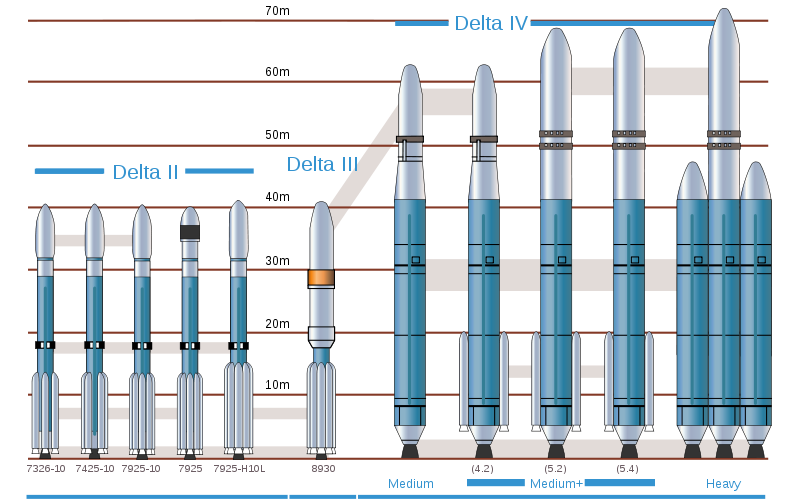
In the same 1997, McDonnell-Douglas became part of Boeing. After a reorganisation and work on mistakes, a new Delta IV series was launched, which debuted in 2002. Its main star was the Delta IV Heavy rocket, which at that time was the most powerful launch vehicle in operation. It was designed with the expectation that the main customers would be the military.
The Delta IV Heavy has attracted the sympathy of space fans due to the spectacular nature of its launches. The fact is that it literally starts from a ball of flames. This feature is due to the fact that Delta IV Heavy is an oxygen-hydrogen rocket. It uses liquid hydrogen as a fuel and liquid oxygen as an oxidiser. Five seconds before the rocket lifts off from the launch pad, hydrogen is injected into its engines (this is necessary to cool the lines and power unit components). Since this gas is lighter than air, it rises from the outside of the rocket, mixing with the air.
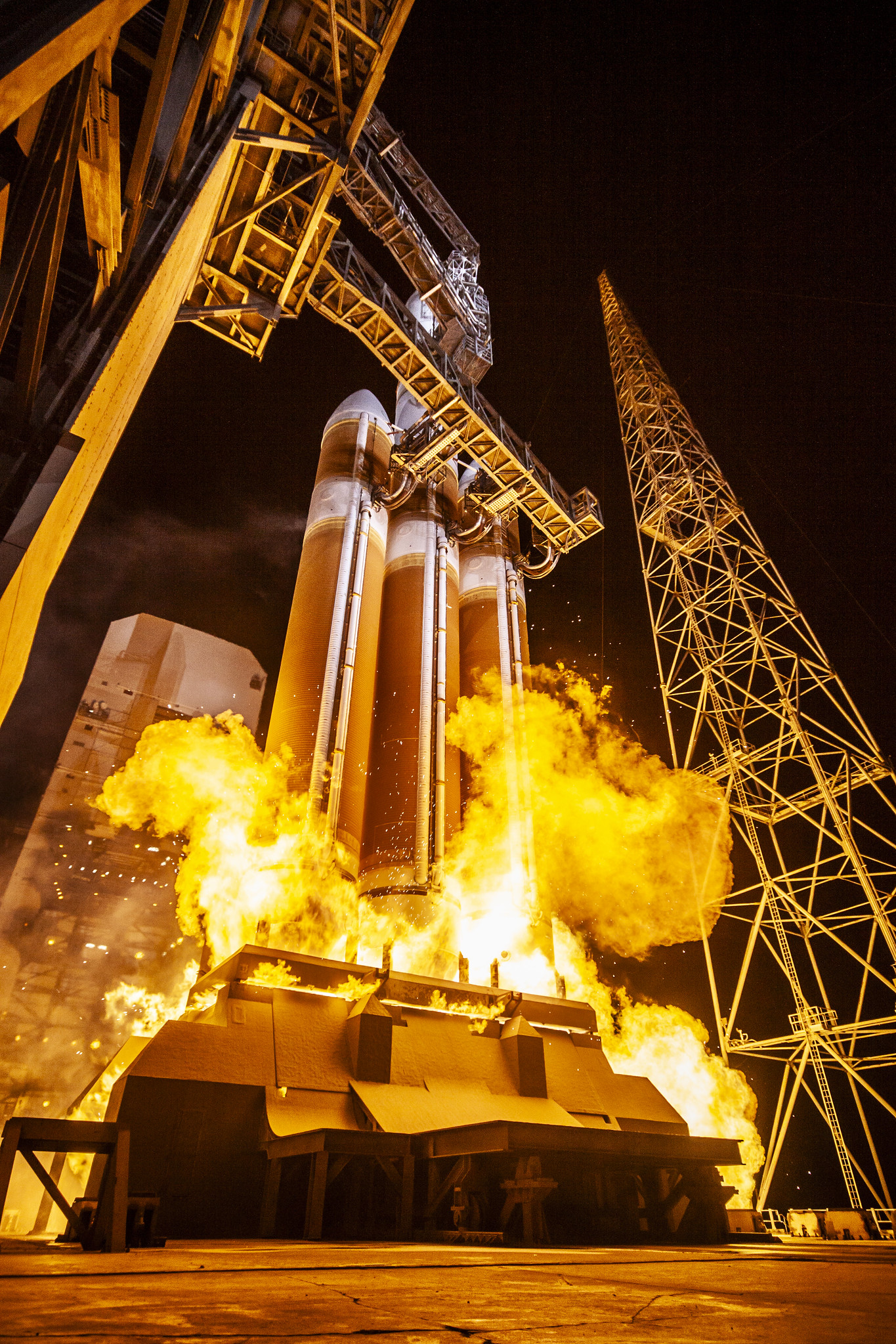
The launch of a Delta IV Heavy rocket. Source: ULA
Two seconds after that, the liquid oxygen supply begins. After ignition, the hydrogen around the rocket ignites, resulting in a characteristic ball of fire. This situation is part of the normal launch procedure. The Delta IV Heavy is designed to produce this fire cloud.
The end of the Delta epoch
In 2006, Boeing and Lockheed Martin created a joint launch operator, ULA. And all subsequent Delta launches were carried out under its logo. At the time, it seemed that ULA would become a monopolist in the US market for decades to come.
But ULA’s hegemony lasted much less than anyone expected. And the main culprit behind its downfall was SpaceX, which revolutionised the launch market with much lower prices.
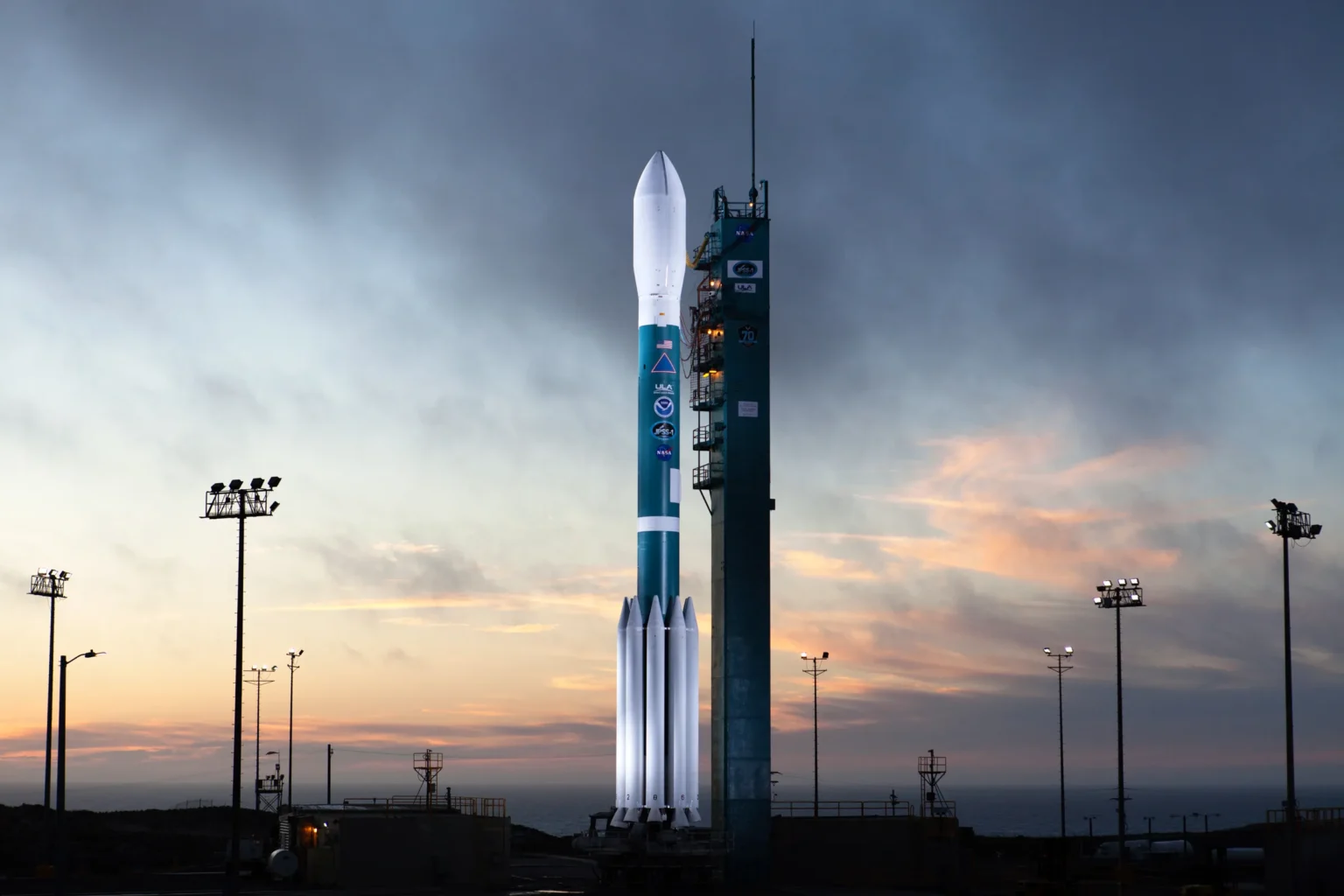
A Delta II rocket waiting to launch. Source: NASA
The first to retire was the Delta II, which at the time was the most successful rocket in American history. With its lower payload capacity than most modern rockets and higher price, ULA simply could not find any more orders for it. The final flight of Delta II took place on 15 September 2018. With its retirement, the thread that led to the original Thor-Delta was broken. The fact is that the first stage of the Delta II was a distant relative of the first stage of the very Thor rocket that once gave it a start in life.
Around the same time, all “medium” modifications of the Delta IV were also discontinued. ULA continued to use only the Heavy version. As originally envisaged, it was mainly used to launch military cargo into space. Out of 16 missions, the Delta IV Heavy has only two civilian flights: it was used to test the Orion spacecraft and it also helped send the Parker probe to the Sun.
But the fate of Delta IV Heavy was also sealed. After the Pentagon certified the Falcon Heavy with a much higher payload for launching military cargo, Delta IV Heavy simply had no chance. After all, the cost of its launch is at least $350 million, while the Falcon Heavy, even in a disposable configuration, costs about half as much.
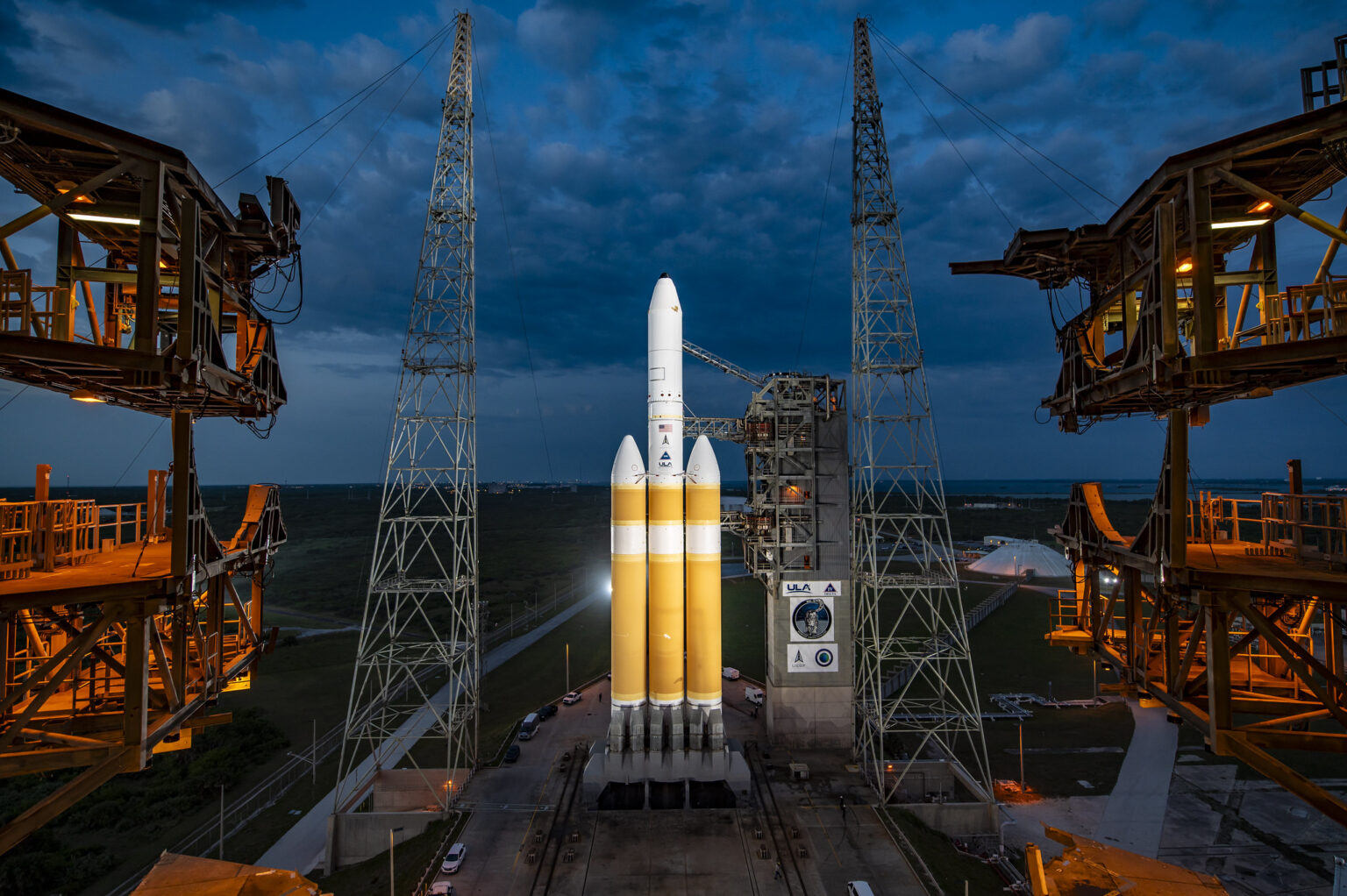
The last Delta IV Heavy waiting for launch. Source: NASA
That is why the upcoming mission will be the last for Delta IV Heavy. In its battle with SpaceX, ULA management decided to completely abandon the old rocket families and rely on the new Vulcan methane launch vehicle, which has already made its first flight. Only time will tell how successful this choice was. As for the glorious Delta, it seems that this time the last chapter in its history has indeed been written.

